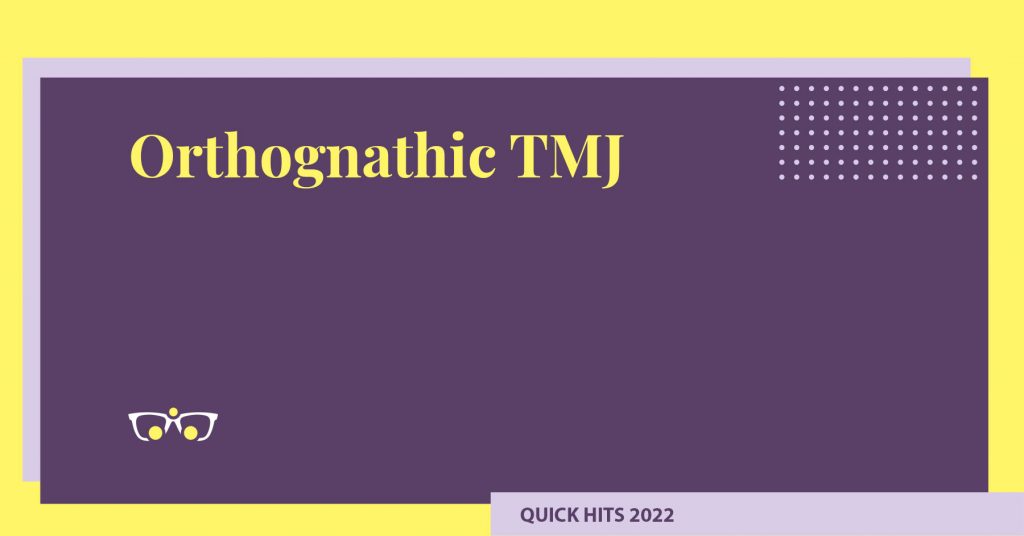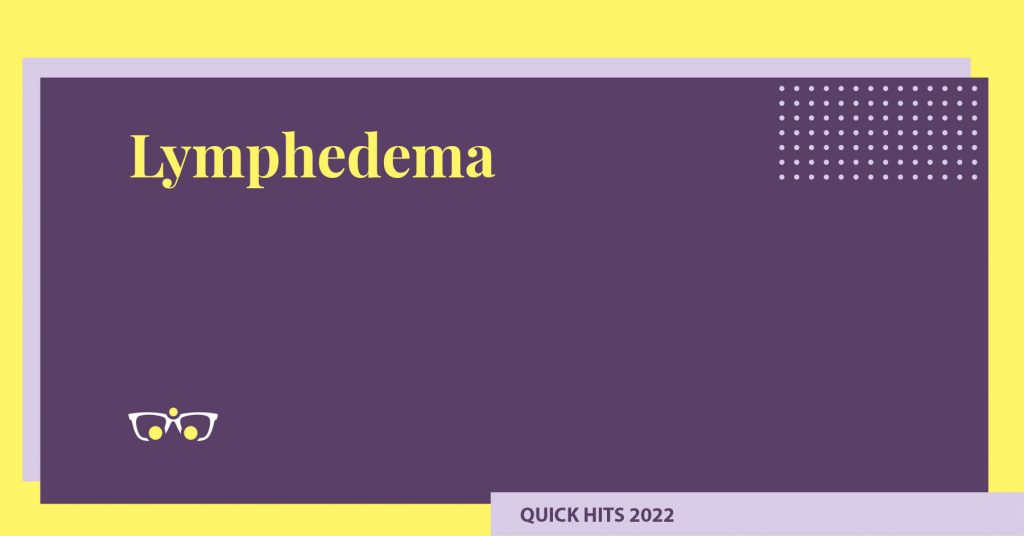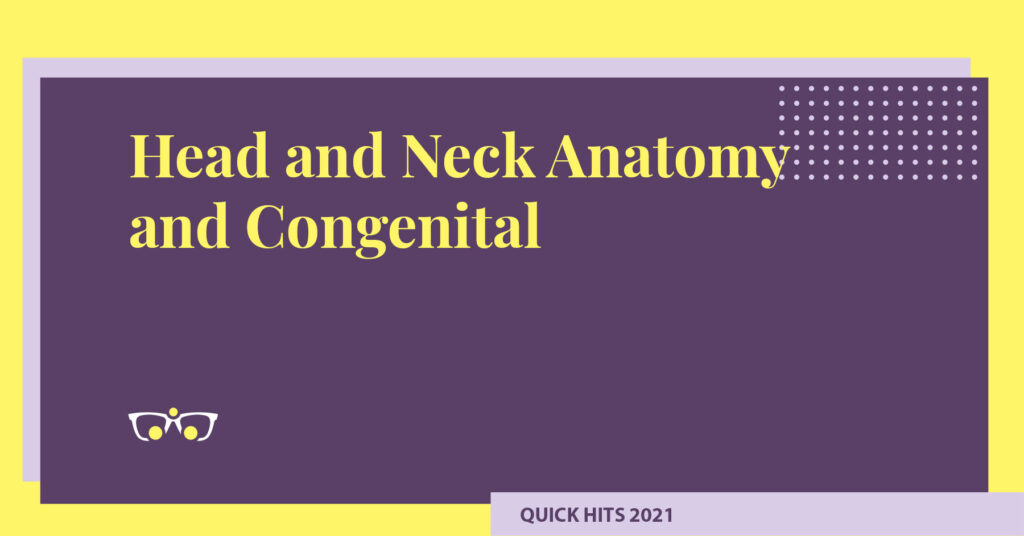- Transgender Breast Augmentation:
- Covered by Medicaid and Medicare, military, most private payers
- Breast reconstruction has its separate code for women with breast cancer
- “bilateral augmentation mammaplasty with prosthetic implant” is the code for transgender breast augmentation.
- Considered to be reconstructive in this population
- Breast Reconstruction Coding:
- Replacement of tissue expander with permanent prosthesis is the CPT code for tissue expander to implant.
- This includes excision of mastectomy scar.
- Coding for revision of reconstructed breast is only after reconstruction (not stage II with implant placement).
- Fat grafting is a separate code: 20926 (Tissue grafts or other) and is used for fat grafting for pole deformities. No other codes necessary for fat grafting (like fat harvest etc).
- Breast reconstruction with free flap: code includes rib resection, microscope use, complex closure, flap harvest, shaping of breast.
- Other separated codes: May code for use of indocyanine green separately (not interpretation and report)
- May code for any hernia repair that is not created by flap defect.
- Rhinoplasty coding:
- Septoplasty: use this code for septoplasty only including submucous resection and harvest of cartilage.
- For spreader graft placement for internal valve collapse use vestibular stenosis code if performing septoplasty in conjunction as this already includes septal cartilage harvest.
- Rhinoplasty code involves lower alar cartilages, bony pyramid.
- Facial fractures coding:
- ZMC (zygomaticomaxillary) complex fractures are classified as ORIF of malar fracture or “complex” malar fracture
- Complex is necessitated if there are multiple incisions or if the fracture crosses the infraorbital foramen
- Orbital floor fractures if fixed are coded separately even though they are common in ZMC fractures
- Code includes repair with periorbital approach with alloplastic implant
- General Coding
- Random pattern flaps (IE rhomboid flaps) are coded as adjacent tissue transfer. If this is coded the excision of lesion is not separately reportable (separate reporting would be considered unbundling)
- Size of closure or tissue rearrangement includes multiplying defect (size of defect parameters multiplied + size of flap parameters multiplied).
- The size of reconstruction of the flap defect not included in coding as it is already included by the secondary defect measurement.
- However reconstruction techniques of the donor site is included in coding
- Flaps based on an axial pattern named vessel (IE karapandzic flap based on facial artery) is coded as a musculocutaneous flap or fasciocutaneous flap depending on components.
- Medicare and Medicaid Reimbursements: (mostly followed by third party payers)
- Global surgical package is a single payment for all care associated with a surgical procedure (some things are not separately billable)
- Services not included in the global package include unrelated visits, unrelated surgeries, and initial evaluation.
- Global period: for major surgery is 90 days and includes post-operative care and procedures
- Pre-operative visits after surgery decision made
- All post-surgical pain care
- Supplies and procedures
- Suture removal
- Post-Operative Visits: (global period where no additional fees are payable)
- Major surgery has a 90 day global period
- Exception includes complications that return to operating room (hematoma, infection)
Statistical Analysis:
- Common measures of central tendency: Mean (statistical average, prone to change when data is highly skewed) Median (the exact middle value, preferred with highly skewed data), Mode (most frequently occurring score in a set of scores)
- Range: distance between minimum and maximum value
- Standard deviation: how spread out the values are in a data set
- Categorical values (cannot be quantified) usually assessed by nonparametric statistics
- Continuous variable: a variable that gives a score for each subject (blood pressure, cholesterol), use parametric to assess
- Parametric tests assume that the data are normally distributed and nonparametric tests are typically more stringent because they are based on the assumption of nonnormal distribution
- Parametric ex: T test, ANOVA, Chi Square
- Non-Parametric: ordinal or nominal, Mann-Whitney U test, fischer exact test, wilcoxon matched pairs test
- P-Value: probability that the outcome would have occurred by chance (set at 0.05)
- Confidence interval: range of values around a sample mean within which the researcher can be certain contains true mean of population
- Sensitivity: the probability that a patient with a disease will have a positive test result
- Specificity: the probability that a patient without a disease will have a negative test result
- Positive predictive value: the probability that a patient with a positive test result has the disease (specificity)
- The negative predictive value: the probability that a patient with a negative test result does not have the disease (sensitivity)
- Types of Error
- Type I error: probability of falsely rejecting the null hypothesis (when a researcher concludes that there is a difference between two conditions when there is no difference
- Type II error: probability of failing to reject null hypothesis when it is true, and the researcher concludes there is no difference between two conditions when there is a real difference
- Null hypothesis: that there is no real difference between the two groups
- Power: the term that refers to the statistical likelihood that a researcher will find a significant effect that exists based on the sample size and number of variables







